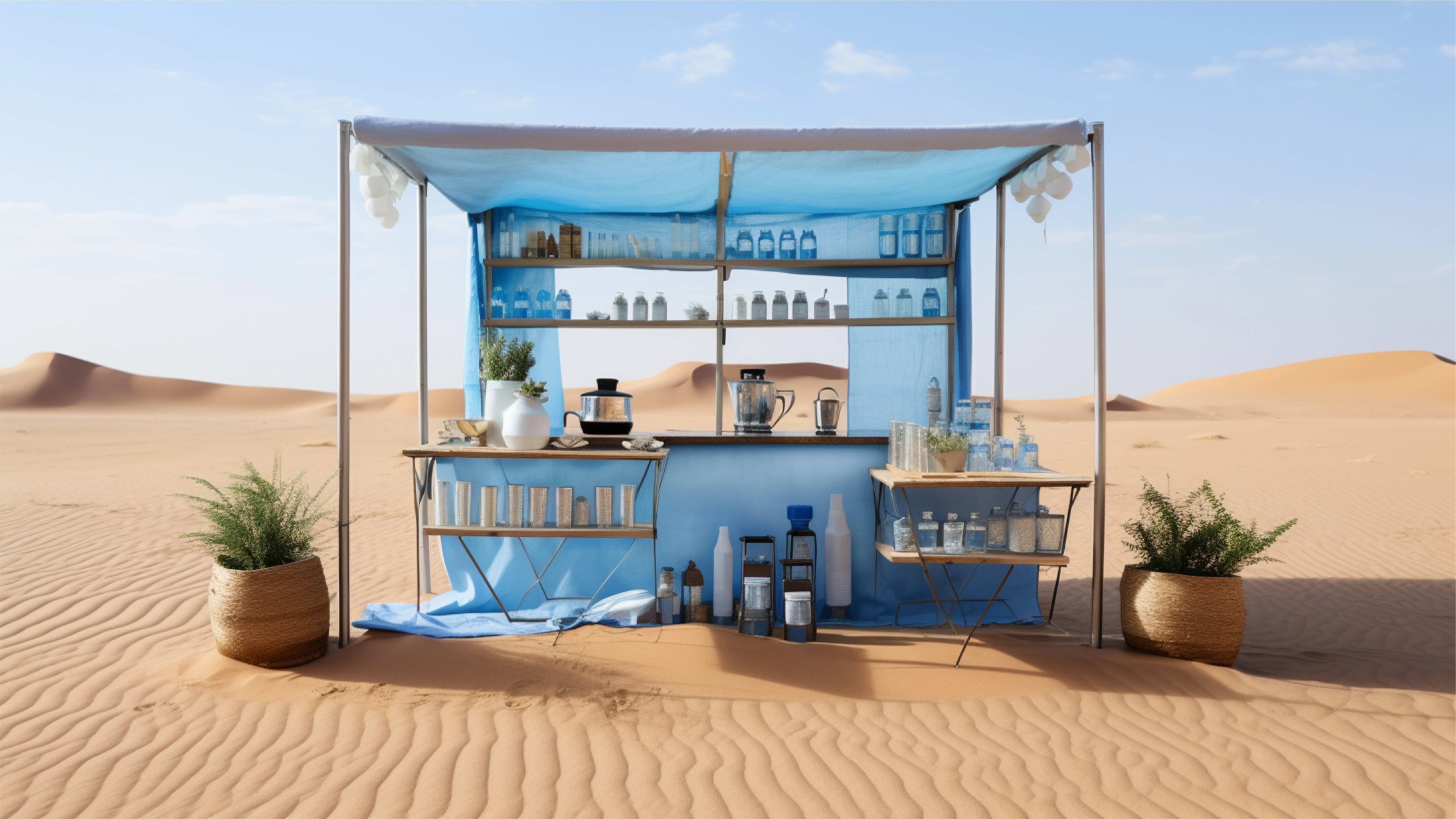Connecting Brands with Consumers in Wild and Wonderful Places
In today's competitive retail landscape, brands are continually seeking innovative approaches to engage with consumers in unconventional locations. By building retail experiences where customers are, brands can create unique and memorable interactions, fostering deeper connections and driving brand loyalty. This blog post will explore the concept of building retail experiences in extraordinary places, highlighting how innovative real estate strategies can connect brands with consumers in wild and wonderful locations.
1. Understanding the Importance of Location:
Location is a crucial factor in retail success. By strategically choosing extraordinary places to establish retail experiences, brands can tap into untapped markets, capture the attention of new audiences, and differentiate themselves from competitors. Whether it's a remote destination, a cultural landmark, or an unexpected setting, selecting the right location can create an immersive and unforgettable experience for consumers.
2. Leveraging Unconventional Real Estate Strategies:
a. Pop-Up Stores: Pop-up stores are temporary retail spaces that can be set up in unique locations, such as festivals, outdoor events, or iconic landmarks. These temporary setups allow brands to create buzz, generate excitement, and test new markets without committing to a long-term lease.
b. Mobile Retail Concepts: Mobile retail units, such as food trucks or mobile boutiques, offer brands the flexibility to reach consumers in various locations. These movable setups can travel to popular events, street fairs, or even remote areas, allowing brands to connect with customers directly.
c. Collaborative Spaces: Brands can explore partnerships with complementary businesses or cultural institutions to establish collaborative spaces. These shared spaces offer a dynamic environment where brands can engage with consumers while benefiting from the existing foot traffic and unique atmosphere.
3. Creating Memorable Experiences:
a. Immersive Brand Activations: Brands can transform unconventional spaces into immersive brand activations. By incorporating interactive elements, themed environments, and engaging activities, brands can captivate consumers and leave a lasting impression.
b. Authenticity and Storytelling: Wild and wonderful places often have a rich history, culture, or natural beauty associated with them. Brands can leverage these elements to create narratives that resonate with consumers, emphasizing the connection between the brand and the location.
c. Personalization and Exclusivity: By offering personalized experiences and limited-edition products or services, brands can foster a sense of exclusivity and make customers feel like they are part of something special. This can drive customer loyalty and encourage word-of-mouth recommendations.
4. Embracing Digital Integration:
While physical presence in unique locations is essential, brands should also embrace digital integration to enhance the retail experiences. Social media engagement, online storytelling, and digital activations can amplify the reach and impact of the brand's presence in wild and wonderful places. By creating a seamless omnichannel experience, brands can extend the connection with consumers beyond the physical location.
Building retail experiences in wild and wonderful places offers brands the opportunity to connect with consumers in extraordinary ways. By leveraging innovative real estate strategies, brands can establish a presence in unconventional locations, generating excitement, and fostering deeper connections. Through immersive experiences, storytelling, personalization, and digital integration, brands can create unforgettable moments that leave a lasting impression on customers. By embracing these innovative approaches, brands can stand out in a crowded market, build strong relationships with consumers, and drive long-term brand loyalty.



Comments